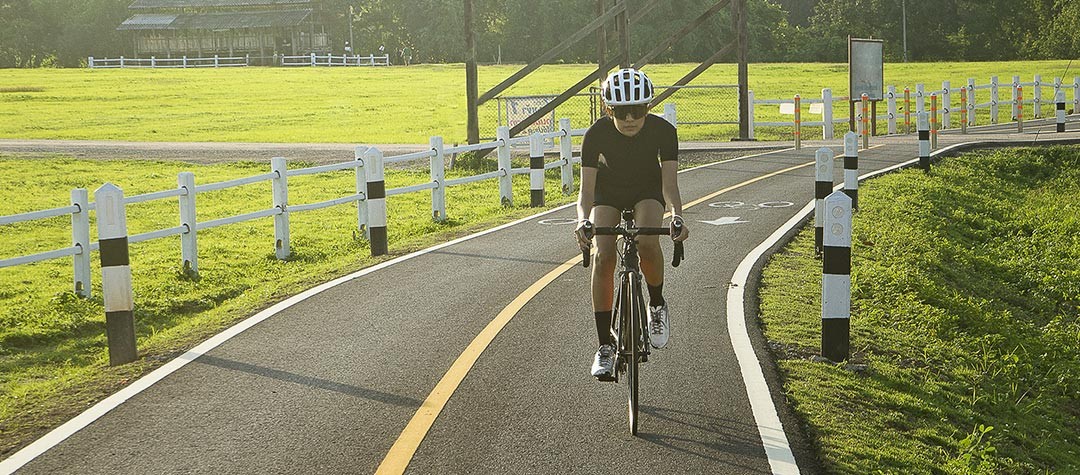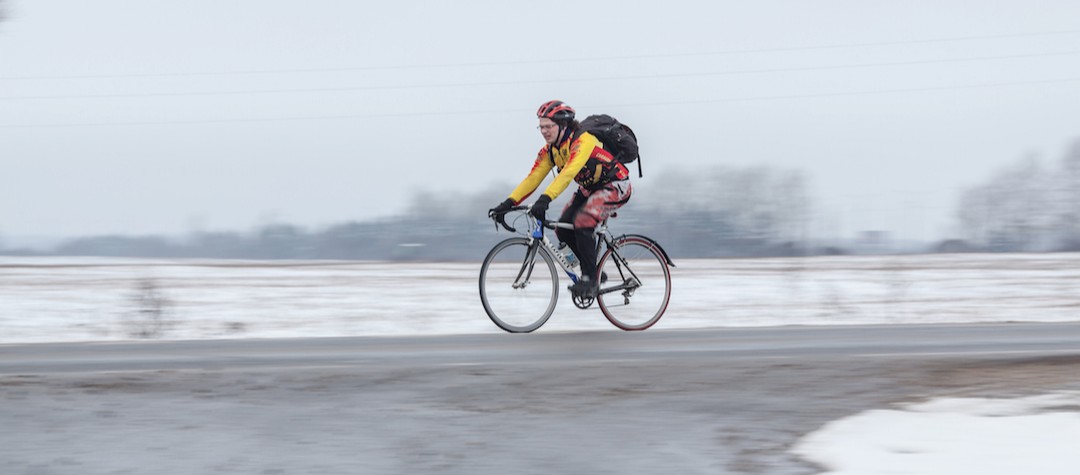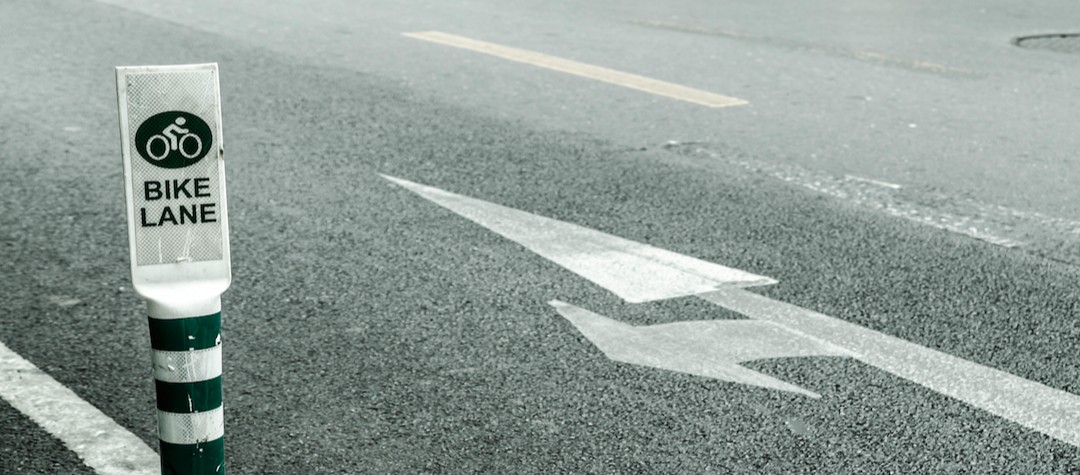Every racer has to start somewhere. Try and rid yourself of your race nerves by checking out these top tips for your first cycling race.
Your first cycle race will inevitably be a daunting experience, but as long as you’ve put the training in, accustomed yourself to group riding, and put all your pre-race and race plans into action it should be an experience you’ll want to repeat many times over. Here are a few tips to help you with your first bike race.
Be accustomed to group riding
In training be sure to get out in multiple group rides so you will be used to riding among other riders at high speeds and in tightly-packed groups. Chaingang training sessions with a local club will help you in this respect. Group riding with a club will have taught you about the benefits of drafting plus the cycling etiquette you’ll need to get around without incurring the wrath of other riders.
Be prepared for the course
Always familiarise yourself with the course. Often race organisers will share a map of the route well in advance so you’ll have had a chance to check out the ride and perhaps ride sections, if not all of it beforehand. If it’s going to be hilly course, then be prepared to climb and have a rough idea of the length of the climbs so you don’t expend all your energy part way up a climb. Take note of all the potential hazards and danger points on the course so you are well prepared.
Check your bike over
A day before the race give your bike a thorough checking over. Don’t leave anything untested. Make sure nothing is loose and check your shifting and that your brakes are functioning properly. Give your chain and drivetrain a good cleaning and lubricate, and also check your tyres over for any deep cuts or anything untoward.
Pack your gear
The night before your race pack everything you will need. Have a good idea of the expected weather so you can pack accordingly. Have a checklist including cycling top, bibshorts, socks, shoes, helmet, gloves, and items such as jacket/cape and overshoes if the weather is expected to be unfavourable. Some race also require you to have race license so don’t forget to pack that too.
Bottles and food
Likewise, make sure you have all your water bottles filled, and your energy bars and gels ready so you are not having to do this on the day of your race. The amount you need will depend on the length of your race. If you are racing for around an hour maximum then one bottle and gel will likely suffice. If you’re doing a longer event, then you need to try and eat and drink around 500 calories per hour after the first hour.
Eat as you would before a training ride
The night before a race is not the time to start experimenting with what you eat. Just eat the same kind of carbohydrate-rich meal that you would the evening before a training ride. If your regular meal is a mountain of pasta, then stick to that option. Also don’t forget to hydrate the evening before your race.
Gentle ride the day before
Having fine tuned your bike, it is worth having a gentle spin on the day before your race. Don’t go overboard, but just have a gentle spin to keep the body ticking over and fire up those muscles that you’ll be using in the race tomorrow. Remember, no race is won on the back of training the day before a race, but many have potentially been lost.
Always eat breakfast
On race day try to eat breakfast at least two hours before your race. Have something containing carbohydrates and some protein, and make sure it is something you usually eat for breakfast before a training ride. Porridge and peanut butter on toast are often good options. Also don’t forget to keep hydrated too.
Get there early
This may seem likely the blindingly obvious, but it’s amazing how many people don’t know the exact location of their race start and then end up starting the race in a fluster, or even worse, late. Get all the start times, directions and maps for the race printed out and arrive early. Register as soon as you arrive, get your race number pinned on, and take your final toilet break. You should even have time for a short warm-up so why not get your legs loose and check out the last kilometre of the race and look for any potential hazards.
Check out what your competitors are wearing
If it’s your first race then you might not be sure what to wear and how the conditions are going to pan out. Take you lead from your fellow competitors, many of whom many know the local conditions, and see what the other riders are wearing. Wear what most of them are wearing, so if they look like they are prepared for wet weather or colder conditions, do the same.
Positioning is key
You should have some idea about positioning from your group rides. Don’t spend all your time at the front as you’ll unnecessarily use up energy. Take up the opportunity to draft behind other riders in order to save energy - just do your best to stay with the pack. Be sure not to make any sudden moves and check and signal your intention moving out. If you are not a strong climber then make sure you are one the first to start the climb so that you don’t get dropped completely as the good climbers start to stream past on the ascent.
Your target
For your first race, your goal should not really be to win, or even be among the front runners. Instead, just aim to get to round, gain experience of being in a race situation, and most importantly, have fun. Really though, your first race should be about watching and learning and gaining that experience that in future you’ll hopefully be able to use to enable you to win.
Picture credit: Doug James / Shutterstock.com















